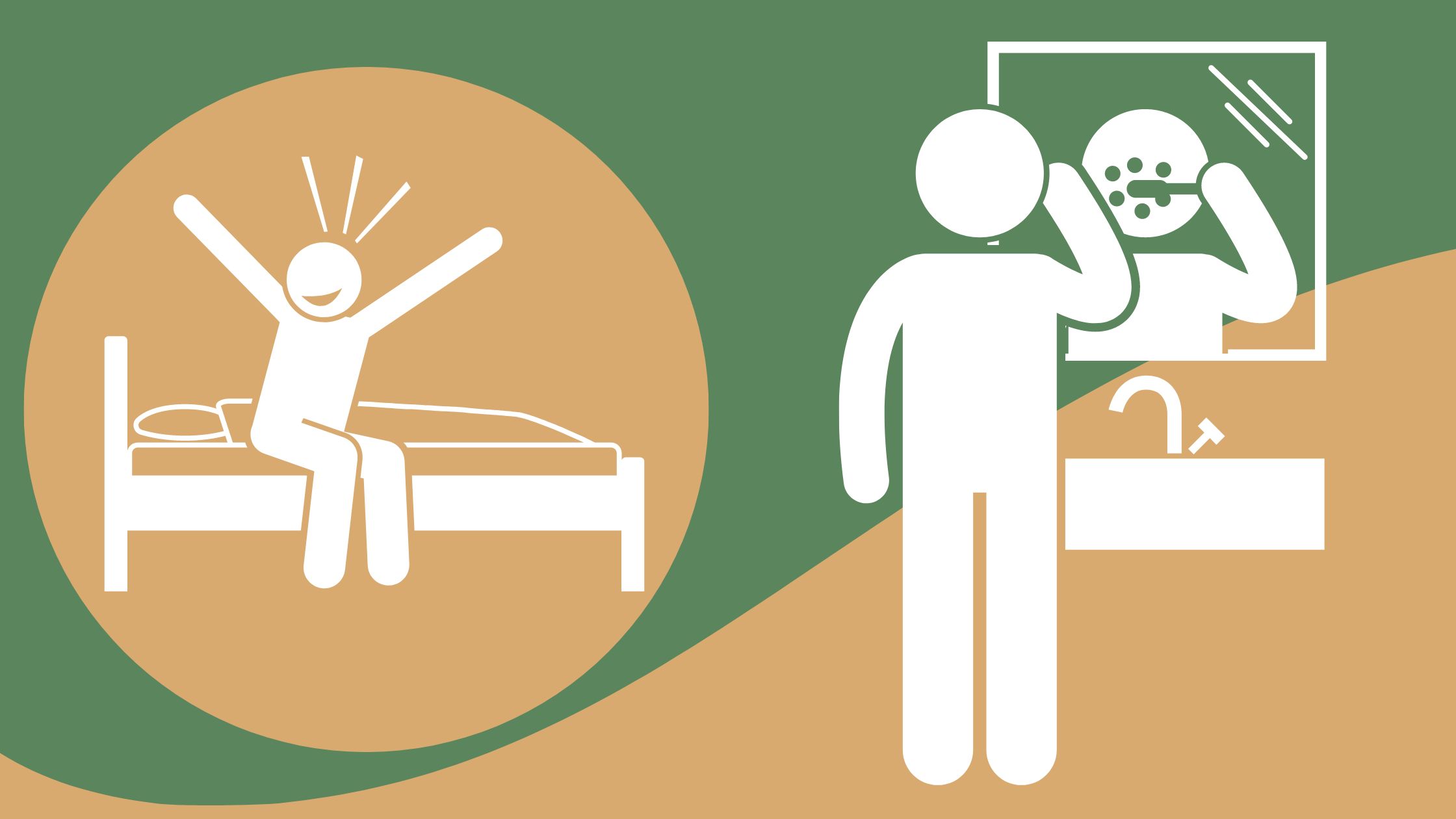5 Benefits of Practicing Alternate Nostril Breathing
Are you feeling stressed, anxious, or overwhelmed? Do you find it challenging to focus on your work or relax after a long day? If so, you might want to try alternate nostril breathing. A powerful breathing technique that can help you reduce stress, balance your nervous system, and improve your mental and emotional well-being.
What is Alternate Nostril Breathing?
Alternate nostril breathing is also known as Nadi Shodhana or Anulom Vilom. It is a simple but effective breathing technique that involves inhaling and exhaling through alternate nostrils. Experts say by practicing alternate nostril breathing. You can balance the flow of air and energy in your body, activate your parasympathetic nervous system (the rest-and-digest mode), and calm your mind and body.
How to Do Alternate Nostril Breathing

Here is a step-by-step guide on how to do alternate nostril breathing:
- Find a comfortable sitting position, either on the floor or on a chair, with your spine straight, and your shoulders relaxed.
- Place your left hand on your left knee, with your palm facing up, and bring your right hand to your nose.
- Use your right thumb to close your right nostril and inhale deeply through your left nostril for a count of four.
- At the top of your inhale, use your right ring finger to close your left nostril and hold your breath for a count of four.
- Release your right thumb and exhale through your right nostril for a count of four.
- Inhale through your right nostril for a count of four, then hold your breath for a count of four.
- Release your left ring finger and exhale through your left nostril for a count of four.
- This completes one cycle. Repeat steps 3-7 for at least five cycles or as long as you like.
Benefits of Alternate Nostril Breathing
Alternate nostril breathing has many benefits for your physical, mental, and emotional health. Here are some of the most significant ones:
1. Reduces stress and anxiety
Alternate nostril breathing can help you reduce stress and anxiety by activating your parasympathetic nervous system and decreasing cortisol levels (the stress hormone) in your body. Hence, psychiatrists have been recommending alternate nostril breathing to reduce stress and promote relaxation.
2. Improves focus and concentration
Alternate nostril breathing can improve your focus and concentration by increasing oxygen and blood flow to your brain, enhancing your cognitive function and mental clarity.
3. Lowers blood pressure
Studies have reported that alternate nostril breathing can lower blood pressure by relieving stress and promoting relaxation. It can also help to improve circulation, lower heart rate, and reduce the risk of cardiovascular disease.
4. Increases energy and vitality
Alternate nostril breathing can increase your energy and vitality by boosting the flow of prana (life force energy) in your body, promoting a sense of rejuvenation and vitality.
5. Enhances lung function and respiratory health
Some studies suggest that alternate nostril breathing can enhance your lung function and respiratory health by expanding your lung capacity, improving your breathing pattern, and reducing the risk of respiratory disorders.
Tips for Practicing Alternate Nostril Breathing
Here are some tips to help you practice alternate nostril breathing more effectively:
Start with a few minutes a day
If you’re new to alternate nostril breathing, start with a few minutes a day and gradually increase the duration and frequency as you feel comfortable.
Use a comfortable and relaxed posture
Make sure you use a comfortable and relaxed posture that allows you to breathe freely and deeply. You can sit on a cushion or a chair with your spine straight, and your shoulders relaxed.
Focus on your breath
Focus on your breath and try to make each inhale and exhale slowly, deeply, and smoothly. Avoid forcing your breath or holding your breath for too long, as it can cause strain and discomfort.
Use your fingers to help you
If you find it challenging to use your fingers to close your nostrils, you can use a small clip or a piece of tape to hold one nostril closed while you breathe through the other.
Practice at a time and place that works for you
Find a time and place that works for you to practice alternate nostril breathing. You can do it in the morning to energize yourself for the day, during a break to refresh your mind, or in the evening to relax and unwind.
Combine with other relaxation techniques
You can combine alternate nostril breathing with other relaxation techniques such as yoga, meditation, or mindfulness to enhance its benefits and create a more profound sense of relaxation and inner peace.
Conclusion
Alternate nostril breathing is a simple yet potent breathing exercise that can help you ease stress, support your nervous system, and improve your mental and physical health. By following the steps outlined in this article and practicing regularly, you can experience its many benefits firsthand.
Article Sources
- Nadi Shodhana: Alternate-Nostril Breathing Benefits and Risks. WebMD. https://www.webmd.com/balance/what-to-know-about-alternate-nostril-breathing
- Anulom Vilom: Instructions, Benefits, Possible Risks, and More. Healthline. https://www.healthline.com/health/anulom-vilom-pranayama
- Effects of alternate nostril breathing exercise on respiratory functions in healthy young adults leading stressful lifestyle. https://pubmed.ncbi.nlm.nih.gov/32320171/
- Alternate-Nostril Yoga Breathing Reduced Blood Pressure While Increasing Performance in a Vigilance Test. Medical science monitor basic research, 23, 392–398. https://pubmed.ncbi.nlm.nih.gov/29284770/
- Differential effects of uninostril and alternate nostril pranayamas on cardiovascular parameters and reaction time. International Journal of Yoga, 7(1), 60-65. https://www.ncbi.nlm.nih.gov/pmc/articles/PMC4097918/






